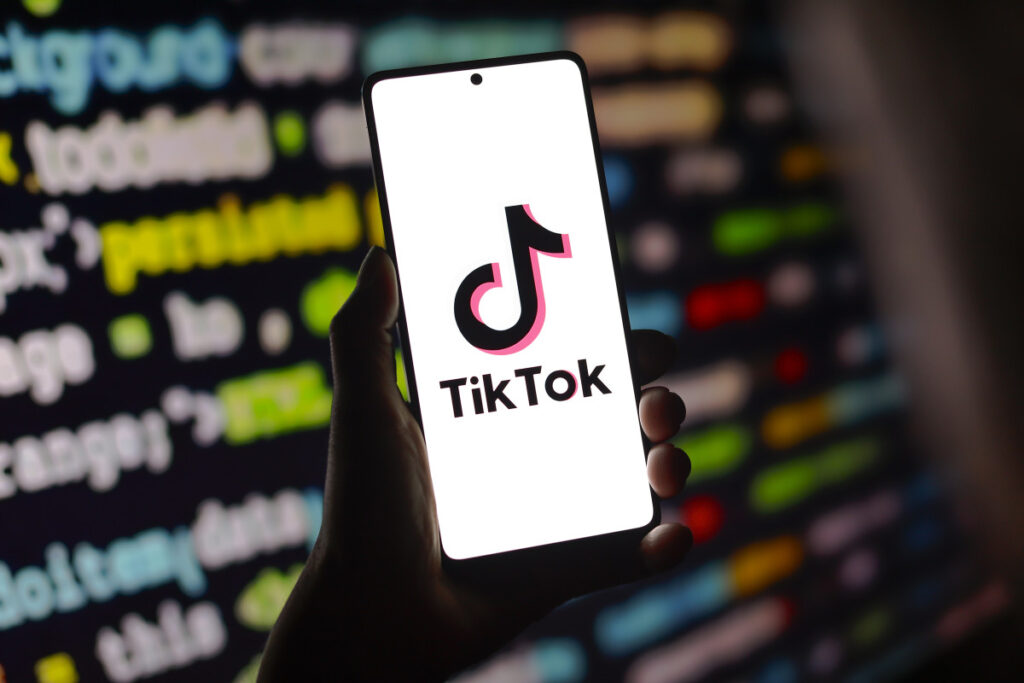Love it or doom-scroll it, TikTok’s cultural gravity is almost impossible to escape.
The app finds itself in the global top tier with nearly 1.6 billion monthly users in 2025, a scale that puts it shoulder-to-shoulder with some of the biggest consumer internet franchises.
Stateside, TikTok has evolved from “fast-growing” to “fixture” long ago. Company and hearing records place the app’s U.S. users at a whopping 150 million in 2023, trending to 170 million by 2024.
💵💰Don’t miss the move: Subscribe to TheStreet’s free daily newsletter💰💵
These incredible numbers effectively concentrate ad dollars and creator energy like few platforms can.
That level of reach is exactly why any potential “pause” or “restart” on TikTok matters for its rivals.
Meta, YouTube, and Snap have all spent years essentially cloning the format and courting creators in chasing the biggest stage. A steady, predictable TikTok resets the competitive board, and advertising conversations overnight
All of which set the stage for the headline you woke up to on Thursday, September 25, 2025, President Donald Trump signed the order advancing the TikTok deal.
That finally concludes a chapter of uncertainty while establishing the framework for U.S. stewardship with major implications.
SOPA Images/Getty Images
TikTok deal gets the green light
President Donald Trump officially signed off on the TikTok deal on Thursday, September 25, 2025, effectively sealing months of negotiations with ByteDance and Chinese officials.
More Tech Stocks:
- Is Oklo a high-risk, high-reward investment?
- Nvidia’s deal with OpenAI ‘looks a lot like financial theater’
- Quantum computing companies looking to finance the future
Under the new agreement, ByteDance must divest TikTok’s U.S. operations, with American buyers taking full control of the app’s recommendation software.
Related: Bank of America resets Nvidia stock forecast after OpenAI deal
It’s important to note that Trump didn’t seal every detail, but gave TikTok 120 more days to finalize a divestiture, which aligned with U.S. law.
Naturally, the technical heart of the deal is the algorithm.
U.S. owners will license it from ByteDance, while tech giant Oracle will efficiently retrain it “from the ground up” with U.S. data.
That retraining is basically designed to ensure independence, though skeptics are warned that the process can get very messy, slow, and is likely to dilute TikTok’s edge.
Bulls like Wedbush’s Dan Ives call TikTok a “golden asset,” seeing this framework as preserving ad demand and keeping growth intact.
Oversight is also built into the structure.
TikTok’s algorithm will be continuously monitored and retrained to effectively safeguard U.S. content from manipulation. That’s reassuring to advertisers and avoids a hard ban that will have shifted billions in ad dollars to Meta or YouTube.
In short, this is Washington’s version of “Project Texas 2.0”: a blueprint that keeps TikTok alive in the U.S., but not without execution risks.
Takeaways:
- Trump to sign TikTok deal Thursday.
- U.S. to license algorithm; Oracle will be retraining it.
- Monitoring aims to protect content integrity efficiently.
- Bulls see ad stability, while the bears flag execution risks.
TikTok’s U.S. journey turned into a six-year grind.
TikTok’s long road in the U.S. goes back to 2019.
That’s when the Committee on Foreign Investment in the United States (CFIUS) reopened ByteDance’s 2017 Musical.ly buy, an unusual retro-review raising questions over national-security alarms.
By August 2020, the White House issued a divest-or-ban order, but a legal tussle slowed down a complete shutdown. However, the baseline stuck, meaning American control would be the only acceptable outcome.
Related: Jim Cramer shares 7 stocks you should buy now
TikTok responded with Project Texas, a plan to host U.S. data on Oracle’s cloud and put oversight in Austin. The “Texas” label comes from Oracle’s headquarters there, and despite offering a blueprint, critics argued it still didn’t sever Beijing ties completely.
The pressure only grew from there.
In 2024, Congress passed a national divestment law. On January 17, 2025, the Supreme Court upheld the law’s framework, which raised the stakes further. Moreover, the White House extended enforcement deadlines this year while talks continued to drag on.
By September 2025, terms crystallized: a U.S.-led consortium led by Oracle, Silver Lake, and MGX takes over TikTok’s U.S. business. ByteDance gets to license the algorithm, but Oracle will be looking to retrain and monitor it under U.S. governance.
Its valuation came in near the whopping $14 billion mark. Also, the bulls see stability for users and advertisers, while the bears still worry over lingering ties and execution risk.
The final flashpoint: Thursday, September 25, 2025, when President Trump signed the order advancing the transfer.
Flashpoints (short):
- 2019: CFIUS reopens ByteDance/Musical.ly.
- 2020: Divest-or-ban push.
- 2024: National divestment law; Jan. 17, 2025, SCOTUS backing.
- 2025: Enforcement delays, September deal with TikTok’s valuation at $14 billion.
- Sept. 25, 2025: Trump signs order.
Related: This bold Oracle move could be the beginning of something big




